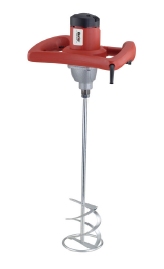T
Tom Bick
Guest
It's clear some honey is running down the face of the comb. Conveniently the frame is sitting on a slightly bent board of some description creating a channel and it's possible to see the drips from this channel dripping into the jar. It's obvious what will happen to this honey that runs down the face of the comb if extracting straight from the hive.





